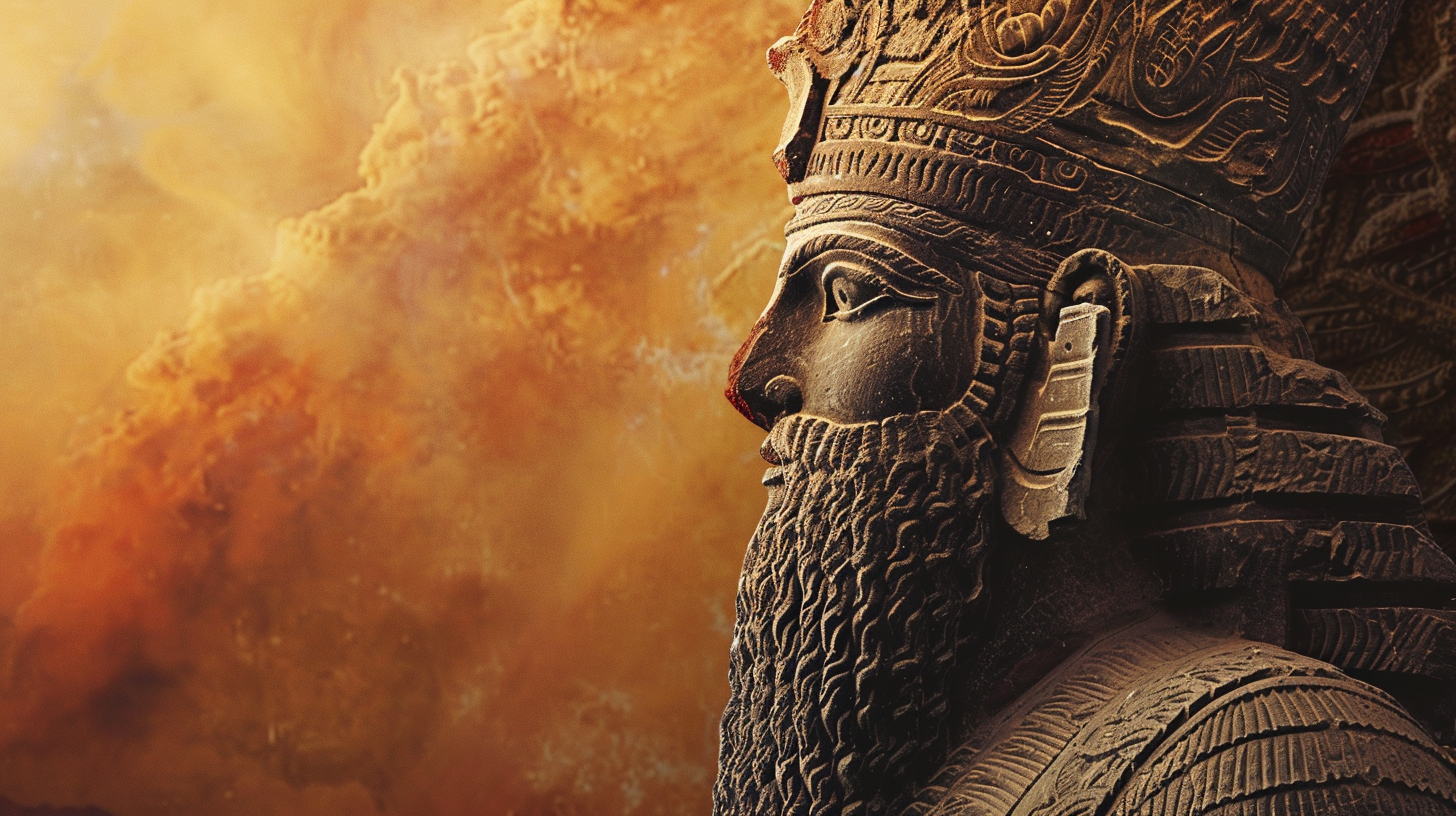The resurgence of interest in ancient civilizations and their profound influence on human history has ignited a wave of curiosity. The Anunnaki, a mysterious entity from the depths of antiquity, have captured attention and prompted discussions on their historical importance. Amidst associations with popular TV shows and various conspiracy theories, a deep dive reveals a tapestry of rich historical narratives that offer captivating insights into our past.
Embarking on a quest to understand the phenomenon of the Anunnaki without resorting to sensationalism or shock-value tactics takes us on a compelling journey through epochs where myths intertwine with archaeological findings, unveiling a world where gods and humans once walked hand in hand.

To truly grasp the essence of the Anunnaki narrative, one must contextualize its unraveling. Contrary to speculative claims, its origins lie in ancient texts and artifacts, particularly in Zechariah Sitchin’s Earth Chronicles series. Sitchin meticulously mined Sumerian, Akkadian, and Babylonian sources to weave a narrative that predates conventional religious scriptures.
According to Sitchin’s research, the Anunnaki stand as key players in the dawn of humanity, with their involvement in genetic experiments and societal progress stretching back some 250,000 to 300,000 years ago. This lays the groundwork for exploring ancient civilizations through a fresh lens.
Central to deciphering the Anunnaki lore is their purported engagement in gold mining on Earth to sustain their distant planet, Nibiru, intertwining with Mesopotamian legends like the Epic of Gilgamesh, where immortals and semi-divine beings steer mortal fates.
Sitchin’s chronological tapestry vividly portrays the lasting influence of the Anunnaki across ages, from setting up Earth bases for gold extraction to engineering primitive laborers through genetic manipulation, each epoch peeling back intricate layers in the Anunnaki-human relationship.

One pivotal event is the Deluge, a cataclysmic flood myth echoing through ancient cultures. Sitchin’s interpretations hint at Anunnaki involvement, drawing parallels with Biblical accounts of Noah’s Ark, bridging myth and history to challenge mainstream readings of ancient manuscripts.
Navigating through eras marked by struggles, alliances, and cultural exchanges, the Anunnaki surface as influential architects of human society, from erecting ancient marvels to establishing early settlements, their legacy echoing through the annals of time.
Exploring the Anunnaki’s heritage beyond conjectures offers a profound chance to reevaluate our understanding of human origins. By delving into ancient texts and archaeological digs, we can untangle the riddles of our past without succumbing to sensationalism.
Essentially, the Anunnaki timeline symbolizes humanity’s tireless pursuit of unraveling our heritage. Revealing the intricate and consequential narrative hidden beneath layers of myth and legend encourages an investigative approach guided by evidence and informed speculation, as we decipher the enigmatic legacy of the Anunnaki.
